The history of the change in mindset and culture among Arabs began with the revelation of the first surah Iqra on 17 Ramadan in the 41st year of the prophethood of Prophet Muhammad PBUH, which corresponds to August 6, 610 AD. Therefore, this exhibition emphasizes the scientific element through the evidence of writing. Artifacts that reflect the Islamic scientific tradition, such as Qibla direction indicators from Iran, large Swatow plates with early Islamic khat art decorations, and stone carvings of Surah Al Ikhlas from Morocco, showcase its diversity. The Kiswah cloth covering the Kaaba, which features an excerpt of a Quranic verse from Surah Al Baqarah verse 128 and was gifted by the Kingdom of Saudi Arabia in the 1980s, is one of the museum prized collections. The art of technological development related to mathematical calculations, such as determining the distance and position of the moon and stars for navigation, as well as the direction of Qibla and prayer times, led to the creation of astrolabes by early Muslim scientists.
The art of writing originated from the tools of providing inks and pens, making writing a common habit. Writing tools such as silver-covered pens and carnelian stones exemplify the excellence of Islamic writing in medieval times. The museum also collaborates with the Malaysia Oud Organization and Mr. KT Choi, who have graciously lent their respective collections for this exhibition. In addition to displaying photos and gambus of Middle Eastern traditions, Mr. Raja Zulkarnain Raja Yusuf from the Malaysia Oud Organization will also be hosting a gambus playing session during the event, while Mr. K.T. Choi has selected a number of porcelains that complement the Topkapi Palace Museum collection for display.
This selection of artifacts aims to deepen the connection between current knowledge and early Islamic culture and traditions.

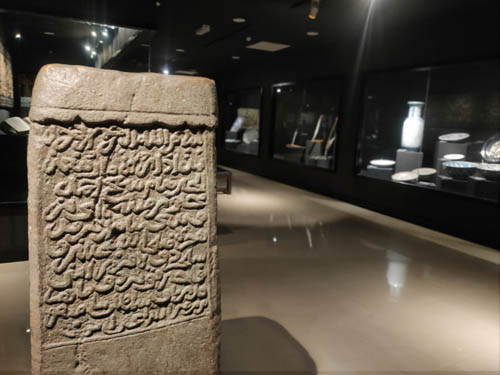
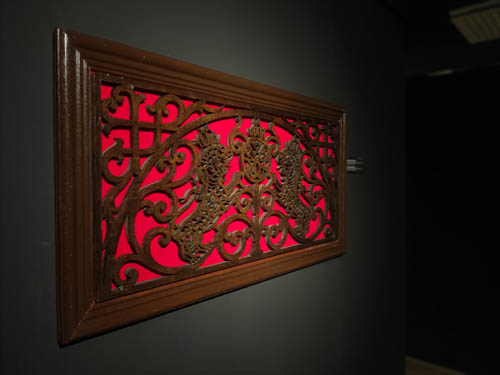
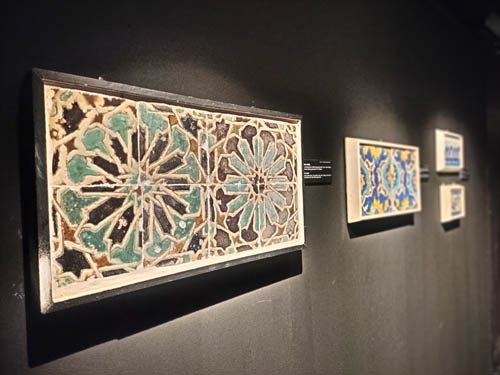

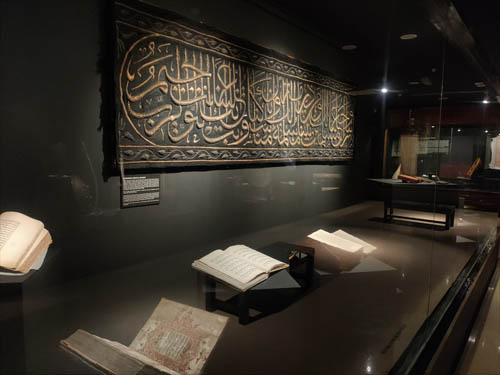
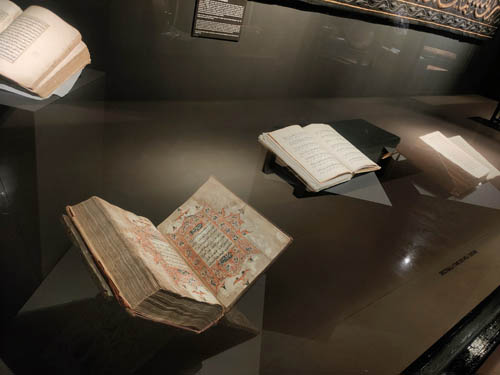
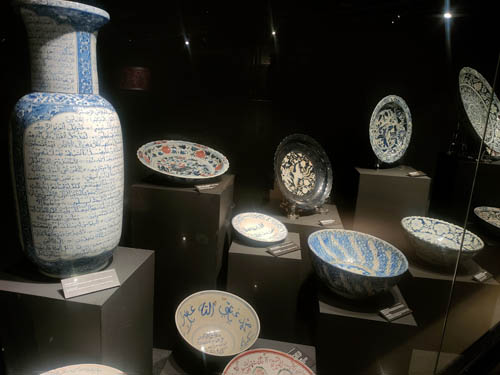
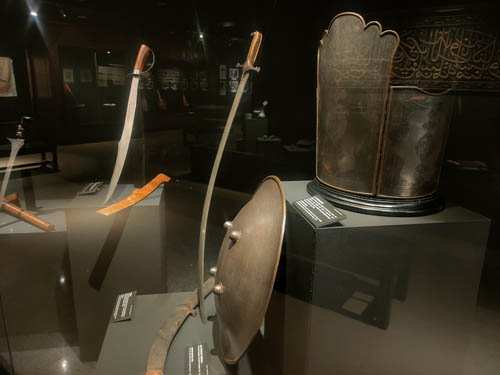
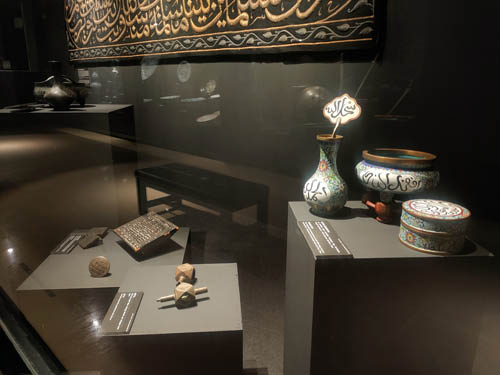
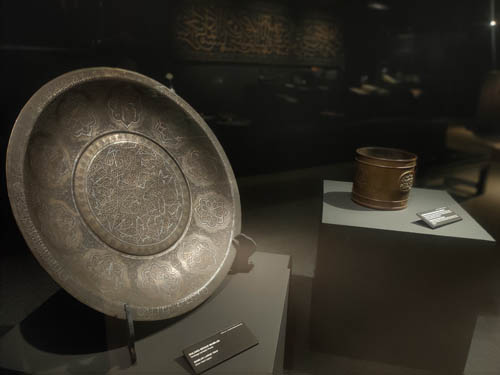

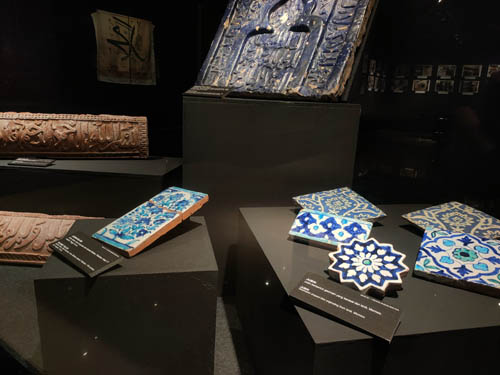

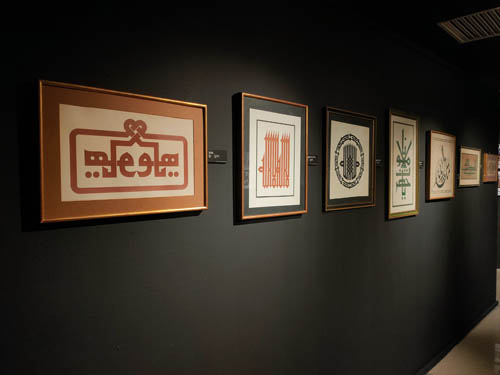


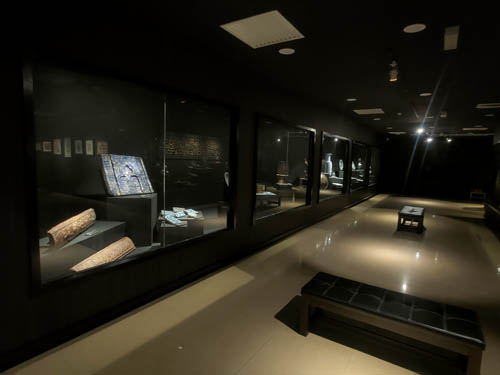
Last Update: 07/04/2023